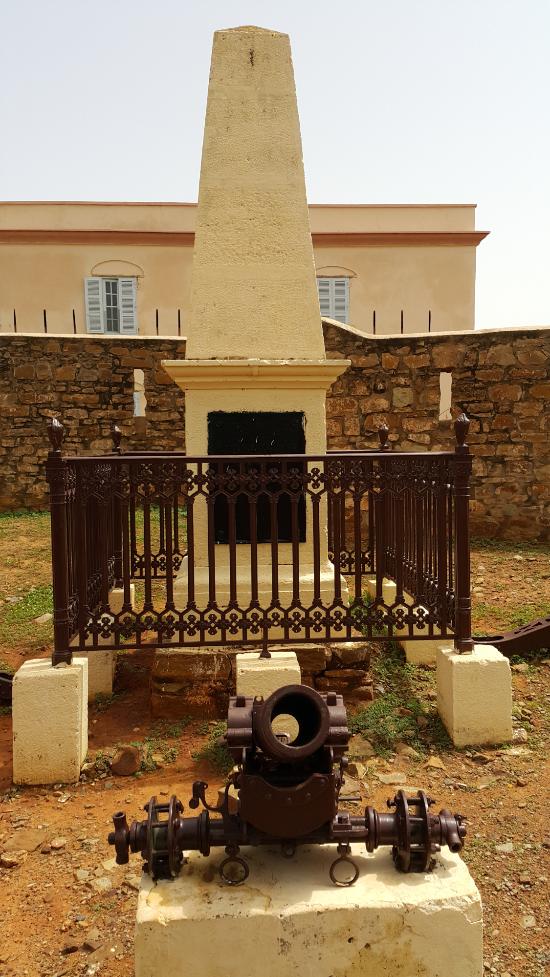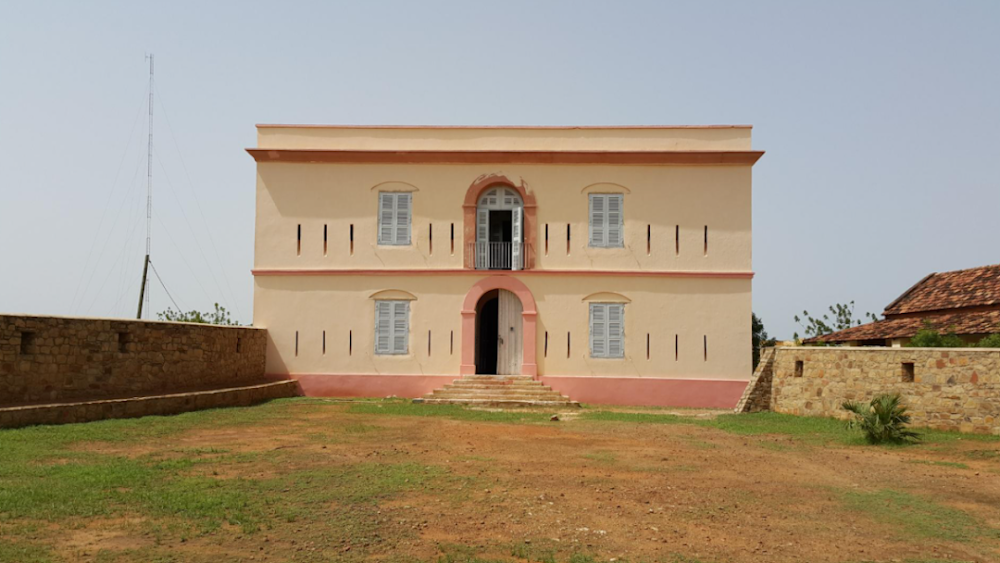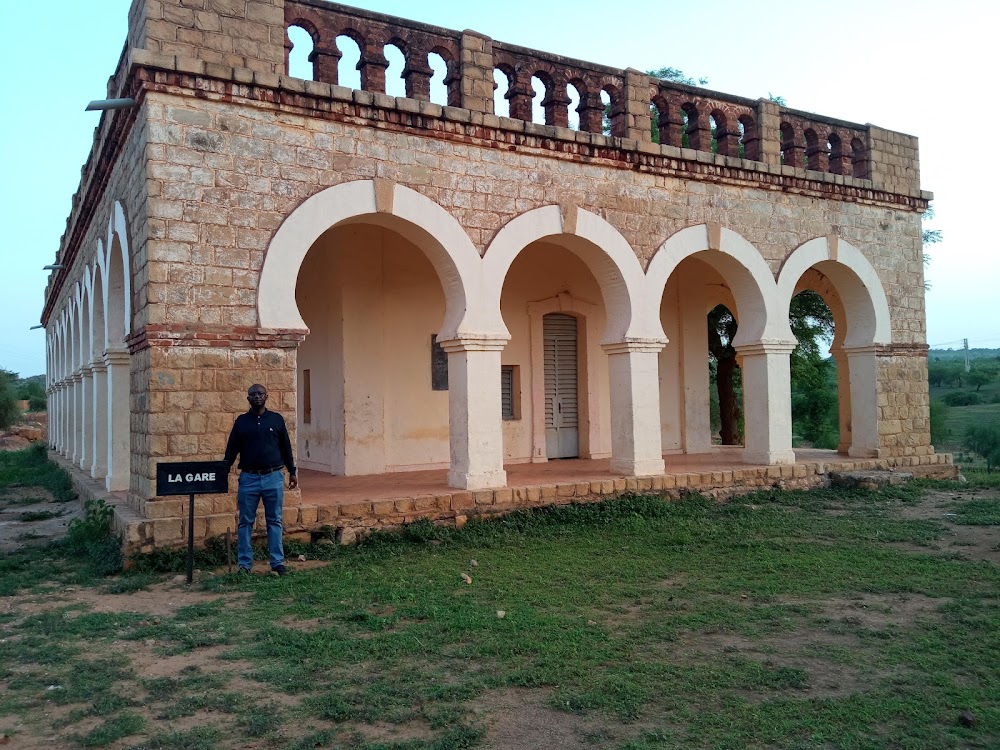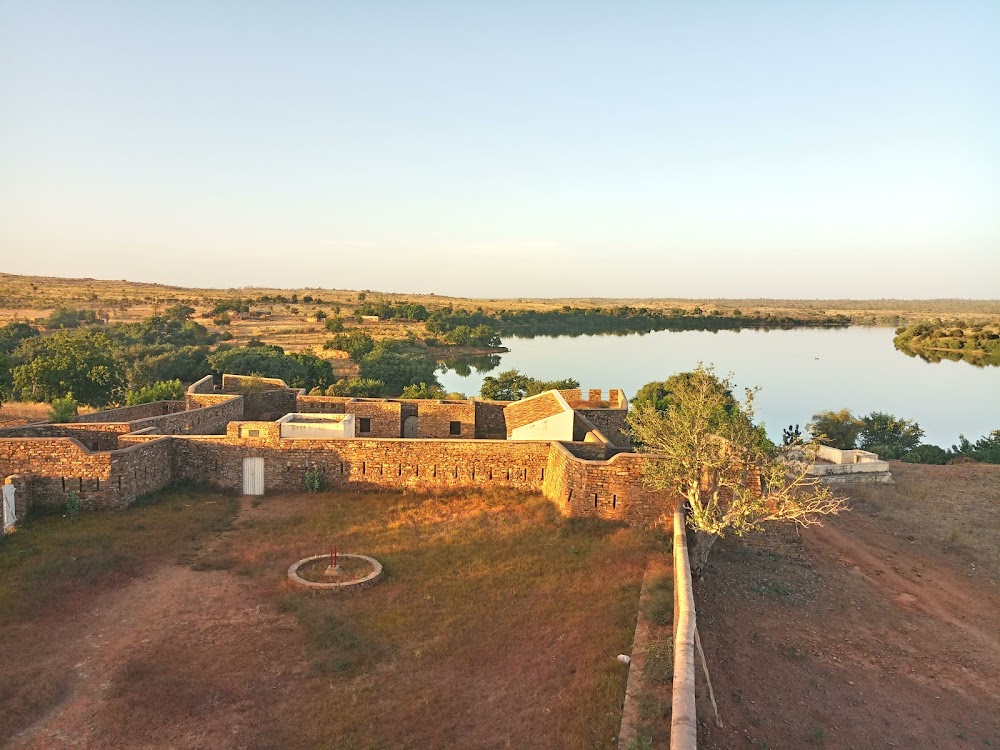Fort de Médine (Fort de Médine)
Related Places
Overview
Fort de Médine: A Historic Bastion in Mali
Fort de Médine, an impressive historical bastion, is nestled in the scenic Kayes Region of Mali. Built in the mid-19th century, this remarkable fortification stands as a testament to endurance and strategic foresight. Its story begins in 1845 when French colonial forces aimed to cement their power in West Africa. They identified Médine as an ideal location, benefiting from natural defenses and a strategic position along the Senegal River.
A Monumental Construction
The fort's construction was a monumental task necessitated by the need to protect French territories from local resistance and rival colonial interests. Designed by the French engineer Captain Louis Faidherbe, Fort de Médine is a masterpiece of military architecture. Its imposing walls, made from locally sourced stone and mudbrick, were crafted to withstand both the tropical climate and the test of time, showcasing the wisdom behind the choice of materials.
Strategic Design
Crafted with purpose, Fort de Médine features outward-angled bastions designed to effectively repel attacks and mount cannon defenses. A central courtyard streamlines troop movement and logistics, while various inner buildings provided accommodations for soldiers, storage for supplies, and armories. This layout allowed the fort to be defended by a relatively small garrison, maximizing its long-term sustainability and defensive capabilities.
Collaboration and Local Expertise
The labor force for building the fort was drawn from the local population, with many artisans and laborers from the Kayes Region playing vital roles in its construction. The French overseers employed skilled African masons and craftsmen to ensure the fort's integrity and durability. This collaboration exemplifies the blending of local expertise with colonial objectives, resulting in a robust and resilient fortress.
A Hub of Control and Trade
Beyond its military significance, Fort de Médine was crucial for regional administration and trade. Its strategic position allowed the French to control lucrative trade routes, making it a symbol of French dominance and an operational center for further colonial expansion throughout West Africa.
Historical Importance
The fort's significance peaked in the years following its construction, particularly during conflicts with neighboring chieftains and kingdoms. A notable event was the 1857 siege led by Tukulor leader El Hadj Umar Tall. Despite the fierce assault, Fort de Médine proved its defensive capabilities, reinforcing its reputation as an impregnable bastion of French power in the region.
A Transition to Legacy
As colonial peace settled and control stabilized in the area, Fort de Médine's role transitioned from an active military outpost to a historical monument. Over time, it became a poignant reminder of the colonial era, symbolizing the complex interactions between colonizers and local populations.
Visiting Fort de Médine Today
Today, Fort de Médine stands as a lasting legacy of 19th-century colonial military architecture. Visitors can walk through its imposing gates, explore its courtyards, and envision the historical events that once unfolded within its walls. The preservation of this fort allows for reflection on its storied past and offers a glimpse into the intricate history of Mali and the broader region during a time of monumental change and conflict.






